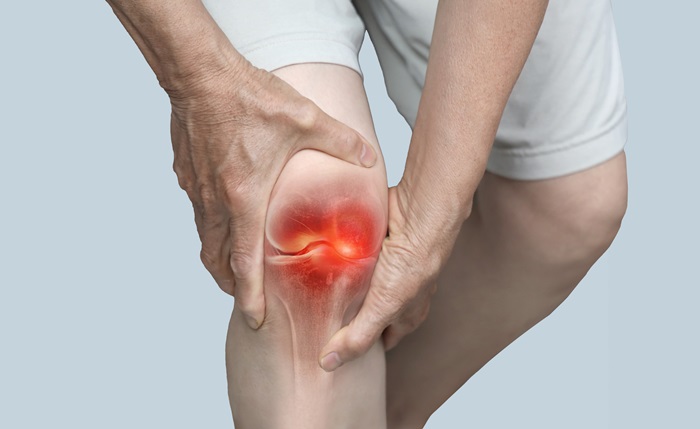Common Causes of Joint Pain
1. Osteoarthritis
Osteoarthritis is the most prevalent cause of joint pain, particularly in older adults. It occurs due to the gradual wear and tear of cartilage—the protective tissue at the ends of bones.
2. Rheumatoid Arthritis
Unlike osteoarthritis, rheumatoid arthritis is an autoimmune disorder where the immune system attacks joint tissues, leading to inflammation, pain, and swelling.
3. Gout
Gout is caused by an excess buildup of uric acid in the bloodstream, forming sharp crystals in the joints, commonly in the big toe.
4. Injuries
Sprains, strains, and fractures can lead to joint pain. Even after the injury has healed, some individuals may experience chronic discomfort.
5. Bursitis and Tendinitis
These conditions involve inflammation of the bursae (small sacs of fluid that cushion the joints) and tendons, often due to overuse or repetitive motion.
6. Infections and Other Diseases
Joint pain can also result from infections like Lyme disease or conditions such as lupus and fibromyalgia.
Symptoms to Watch For
- Persistent or intermittent joint pain
- Swelling, redness, or warmth in the joints
- Stiffness, especially in the morning or after inactivity
- Reduced range of motion
- Joint deformity (in advanced cases)
Diagnosis: When to See a Doctor
If joint pain persists for more than a few days, worsens over time, or is accompanied by swelling, redness, or fever, consult a healthcare provider. Diagnosis may involve:
- Physical examination
- Blood tests (to check for markers of inflammation or autoimmune disorders)
- Imaging tests like X-rays, MRIs, or ultrasounds
Treatment Options for Joint Pain
1. Medications
- Over-the-Counter (OTC) Drugs: NSAIDs such as ibuprofen or naproxen reduce inflammation and relieve pain.
- Prescription Medications: Disease-modifying antirheumatic drugs (DMARDs) or corticosteroids may be necessary for autoimmune-related joint pain.
2. Physical Therapy
A physical therapist can design personalized exercise routines to strengthen the muscles around the joints and improve flexibility and balance.
3. Lifestyle Modifications
- Weight Management: Maintaining a healthy weight reduces stress on weight-bearing joints like knees and hips.
- Regular Exercise: Low-impact activities such as swimming, walking, and yoga can help keep joints healthy.
- Healthy Diet: An anti-inflammatory diet rich in fruits, vegetables, whole grains, and omega-3 fatty acids can support joint health.
4. Natural Remedies and Supplements
- Glucosamine and Chondroitin: Commonly used for osteoarthritis, though evidence is mixed.
- Turmeric (Curcumin): Known for its anti-inflammatory properties.
- Hot and Cold Therapy: Alternating heat and cold packs can help manage flare-ups.
5. Surgical Intervention
In severe cases, procedures like joint replacement or arthroscopy may be considered.
Preventing Joint Pain
Daily Tips
- Avoid overexertion and take breaks during repetitive activities
- Practice good posture to reduce strain on joints
- Use ergonomic tools at work and home
- Stay hydrated to maintain joint lubrication
Preventive Screenings
Regular check-ups with a healthcare provider can help detect early signs of joint-related conditions and initiate timely intervention.
Living with Chronic Joint Pain
Living with chronic joint pain can be challenging, but proper management strategies can improve daily functioning and quality of life. Support groups, mental health counseling, and adaptive devices like braces or canes can make a significant difference.
When to Consider Specialized Care
You may need to see a rheumatologist if:
- Pain is unexplained or persistent
- You have other autoimmune symptoms like fatigue or rashes
- Your primary care provider recommends further evaluation
Final Thoughts
Joint pain can be a minor nuisance or a major obstacle, but understanding its causes and management options puts you on the path to relief. By combining medical treatment with lifestyle changes and preventive care, you can live more comfortably and actively.

